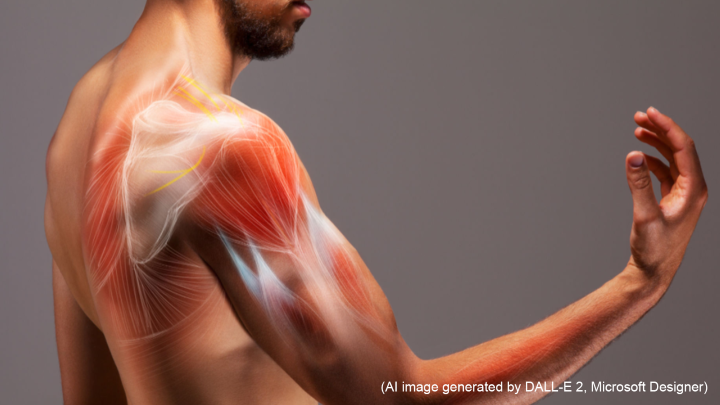#E0021 Case study on work improvement in care work settings by focusing on workload in manual patient lifting operations

Safer patient-lifting procedures after analysis of operations at a healthcare site
In recent years, the Japanese healthcare sector has seen an increasing frequency of work-related injuries necessitating at least 4 days of leave from work, and manual lifting of heavy items is a major cause of such injuries. Despite the growing seriousness of the problem, a 2015 survey by the Japanese government found that most of the surveyed healthcare sites had not implemented recommended preventive measures, such as having care workers use sliding sheets or boards when lifting patients. However, the small number of existing studies on operations in care work makes it difficult to address noncompliance with recommendations.
To address this gap in the literature, I conducted a case study of patient-lifting operations at a care facility. For this study, I first classified the physical operations that care workers performed when lifting a patient. I then used a posture assessment tool called the Ovako Working Posture Analysis System to determine what procedural improvements, if any, were immediately necessary. I also developed a novel tool called the Action Check List for Improvement of Manual Patient Lifting Operation to prioritize various improvements in actions performed before, during, and after the lifting of a patient. I presented the care workers with my findings concerning necessary improvements at an all-staff meeting, and I then conducted follow-up work with the care workers to assist in implementing necessary improvements to patient-lifting procedures.
My analysis of the care workers’ postures led me to identify three key improvements for immediate implementation: the installation of holders for bed fences, the installation of shoe racks for the patients’ shoes, and the installation of wheels on each chest of drawers to ensure that care workers could easily move such furniture out of the way. These changes reduced the number of necessary physical operations and the total time needed to lift a patient. The newly created Action Check List also helped the care workers recognize the scope for potential improvements in their patient-lifting procedures. These findings appear in a paper recently published in Environmental and Occupational Health Practice.
In conclusion, my case study exemplifies the value of work analysis projects as avenues for improving the safety of workplace operations. The execution of such projects on a broader scale and with an eye towards the development of teaching materials can be expected to lead to further benefits.

Link to the original journal article:
https://www.jstage.jst.go.jp/article/eohp/2/1/2_2020-GPS01/_article
Title of the paper:
Case study on work improvement in care work settings by focusing on workload in manual patient lifting operations
Authors:
Naomichi Tani




